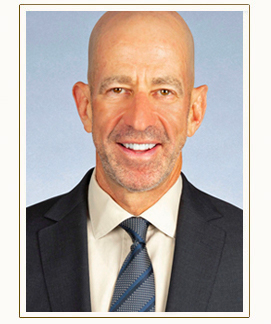By Susan Yubas
While there are lots of reasons that an older person may decide to move from their home, a main reason for considering a move is the social isolation that can be common among seniors. Often, older adults find that their social network has diminished and it can be very difficult to initiate new friendships especially if they are no longer driving and do not have access to good public transportation.
Being house bound without social contacts can cause loneliness, anxiety, and depression. While more and more seniors are using personal computers and Skype, social isolation remains a problem. Moving to a residential community can help.
Many families do not have a clear understanding of the types of residential options available and often confuse senior living residences and assisted living with nursing homes. Others think they must require a lot of assistance in order to move to a senior community.
Senior Residential Living may or may not provide hospitality or support services. Under this living arrangement, senior adults, generally those aged 55 and over, lead an independent lifestyle that requires little or no assistance. These communities are usually rental apartments or townhouses where residents have complete choice as to whether or not to participate in any services or programs that may be offered.
Independent living refers to housing designed exclusively for seniors who require little or no assistance with the activities of daily living. Geared to older adults who enjoy some degree of socializing and community activities, these communities usually offer services for residents such as housekeeping, laundry and meals and opportunities for social events. If residents require home health care services they are usually arranged for by the individual resident, provided by an outside agency and paid for privately. These residents pay a rental rate or monthly fee.
Continuing Care Retirement Communities (CCRCs) may be an option if you or your spouse are relatively healthy now, but anticipate significant health problems in the future. These communities offer a continuum of care from independent living to assisted living to skilled nursing home care on the same grounds. Many have their own home care agencies to provide services to community residents. CCRC’s normally require a one-time entrance fee and monthly service fees thereafter.
Assisted living communities are designed to provide individuals with assistance with basic activities of daily living such as bathing, grooming, dressing, and transferring. They may offer medication assistance and/or reminders. Assisted living communities do not provide 24 hour skilled nursing care. Usually, assisted living communities offer their residents prepared meals three times a day and help with light housekeeping and laundry. As with Independent Living, communities will also plan events, activities and trips that residents can participate in. Some communities recognize that being able to keep a pet is very important to the resident, and will allow the senior to bring a pet as long as he or she is able to take care of it.
In New York State, Assisted Living communities that provide services for individuals with Alzheimer’s disease or dementia are called Special Needs Assisted Living Residences or SNALRs. SNALRs staff members are specifically trained to work with individuals who have some form of dementia. It is important to find out what level of care is provided, as some assisted living communities will accept individuals with Alzheimer’s or related dementia through the entire disease progression and others will only accept individuals who are in the early stage of the disease.
Assisted living is usually paid for privately, but some long-term care insurance policies cover licensed assisted living. New York State offers Medicaid funds to help with assisted living costs through the Assisted Living (ALP) program, but there are a limited number of ALP communities. Most assisted living residences charge on a month-to-month lease arrangement based on the level of assistance required, but some require long-term arrangements.
Nursing homes are for those individuals who require care around the clock and at a much higher level than those who reside in an assisted living community. Skilled nursing facilities provide care of both chronic conditions and short term rehabilitative or sub-acute care as ordered by a physician. Sometimes people are admitted for short time following hospitalization. Parts of a nursing home stay are usually paid for by Medicare following a hospital stay, and then either by a family’s own funds or long term care insurance. If an individual is eligible for Medicaid, that program will pay for skilled nursing care.
Choosing the right residential setting for your loved one is an important decision and should consider lifestyle preferences, health care needs and financial implications.
Susan Yubas is Director of Business Development at The Bristal Assisted Living. She is also a Certified Senior Advisor and the founder of FYI Senior Living Solutions, Inc.
For more information, visit www.elderlawnewyork.com.



